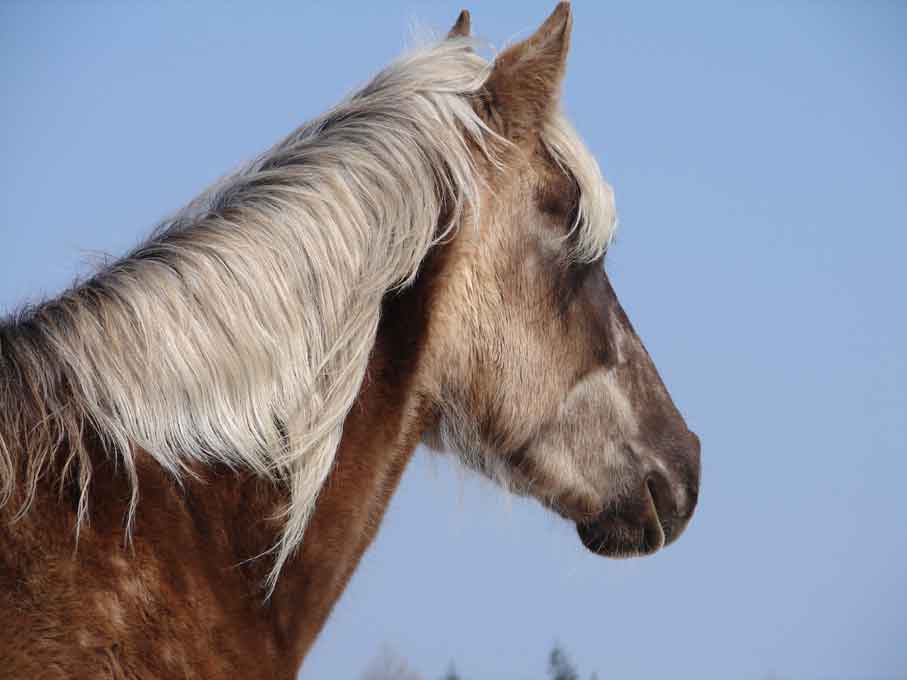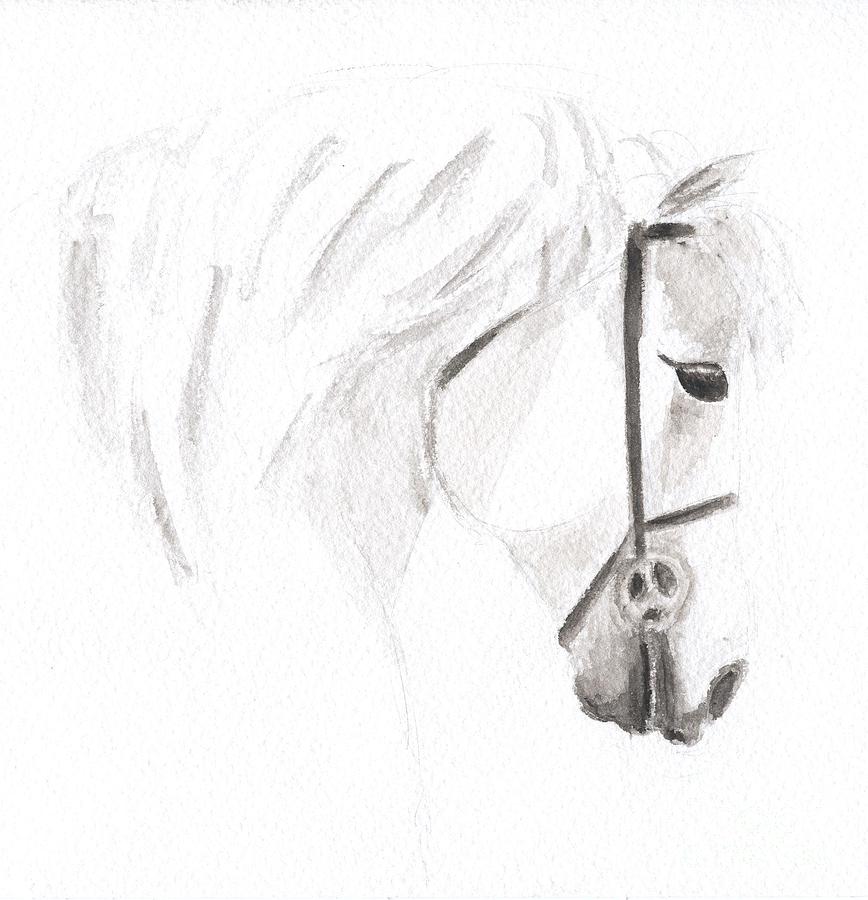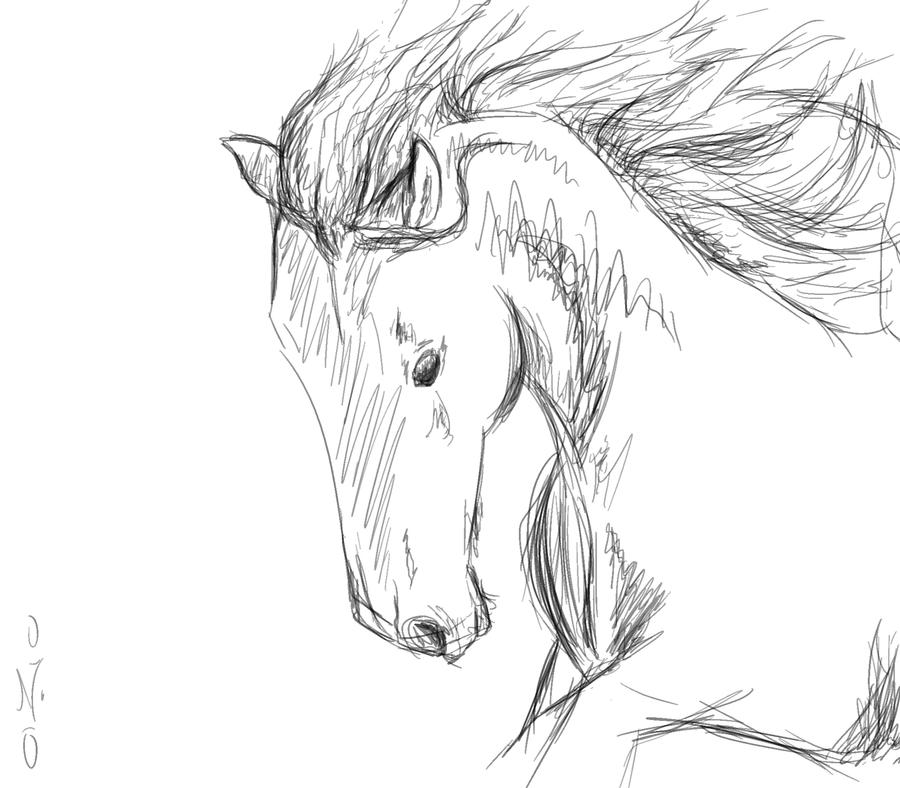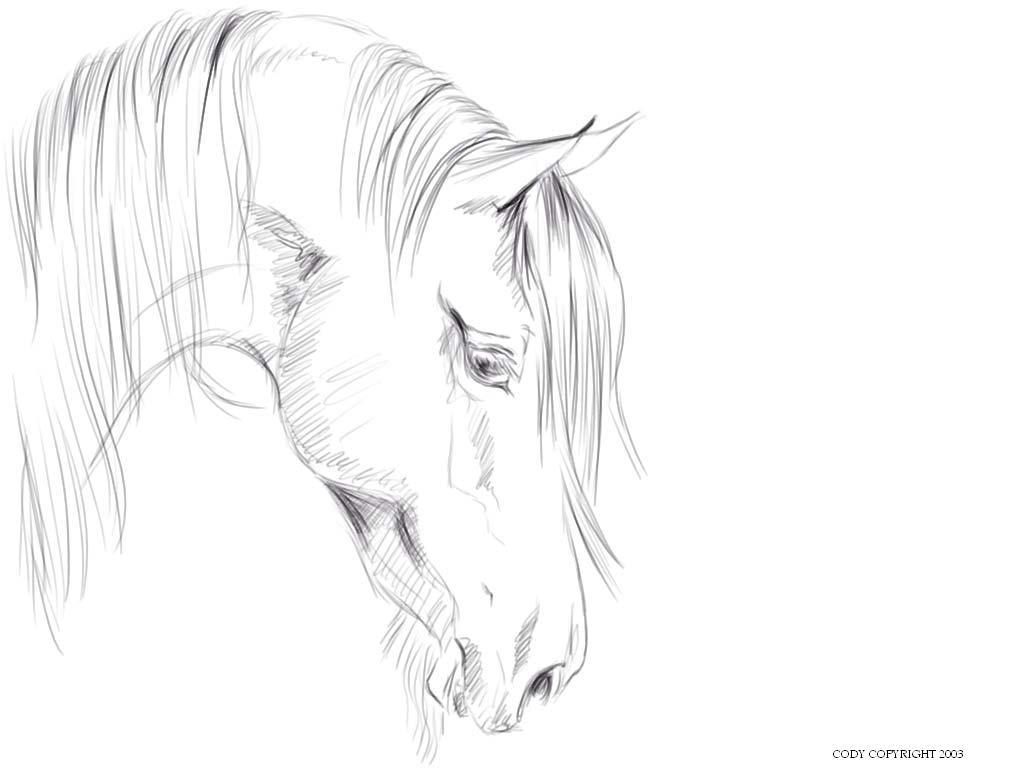Horse Head Pictures Biography
Source(Gogle.com.pk)Biography for
John Marley More at IMDbPro »
ad feedback
Date of Birth
17 October 1907, New York City, New York, USA
Date of Death
22 May 1984, Los Angeles County, California, USA (heart surgery)
Mini Biography
Veteran character actor John Marley was one of those familiar but nameless faces that television and filmgoers did not take a shine to until the late 1960s, when he had hit middle age. Distinctive for his craggy face, dark bushy brows and upswept silvery hair, his life (born in 1907) started out amid tough surroundings in Harlem, New York, as the son of Russian immigrants. A high school dropout headed for trouble, he managed to avoid the gangland trappings by joining a theater group, which eventually led to some Broadway work. World War II interrupted his still lackluster career when he joined the Army Signal Corps. Post-war film credits were comprised mostly of unsympathetic bit roles -- thugs, reporters and other sly, shifty characters -- that were routinely Greek or Italian in origin. In the 1960s, Marley appeared to good effect in the film Cat Ballou (1965) as Jane Fonda's father; earned kudos for his work in John Cassavetes' stark, improvisational indie Faces (1968/I); Ali MacGraw's weary blue-collar father in Love Story (1970); and the mouthy movie titan who becomes bedmates with a horse's head after refusing Mafia don Marlon Brando's offer in the epic The Godfather (1972). Thanks to those two pictures, Marley, at age 65, evolved into an important and steady fixture for the next decade or so, playing everything from gruff executives to Mafia dons himself. John Marley died on May 22, 1984 following open-heart surgery at age 76. He was survived by wife Sandra and his four children.
IMDb Mini Biography By: Gary Brumburgh / gr-home@pacbell.net
Spouse
Sandra L. Ulosevich (4 April 1975 - 22 May 1984) (his death) 1 child
Stanja Lowe (27 May 1951 - November 1971) (divorced) 3 children
Trade Mark
Craggy face
Dark bushy brows
Upswept silvery hair
Trivia
Father of actor Ben Marley.
During rehearsals for John's notorious horse head bedroom scene in The Godfather (1972) a fake horse's head was used. However, for the actual day of shooting, a freshly severed horse's head was used from a slaughterhouse in New Jersey. However, the blood was not real.
Married twice and the father of four -- three children, Peter Marley, Julia Marley and Ben Marley, from his first marriage; one child, Alexis Marley, from his second.
Attended City College of New York.
Greek Name Transliteration Latin Spelling Translation
Κενταυρος
Κενταυροι Centaurus
Centauri Centaurus
Centauri Bull-Slayer?
(tauros)
Family of Centaurs fighting tigers | Roman mosaic from Hadrian's Palace C2nd A.D. | Altes Museum, Berlin
Centaurs, Roman mosaic from the Palace of
Hadrian C2nd A.D., Altes Museum, Berlin
THE KENTAUROI (or Centaurs) were a tribe of half man, half horse savages which inhabited the mountains and forests of Magnesia. They were a primitive race who made their homes in mountain caves, hunted wild animals for food and armed themselves with rocks and tree branches. The Kentauroi were spawned by the cloud nymph Nephele who was raped by the impious Lapith King Ixion. Her double-formed brood were deposited on Mount Pelion where the daughters of the centaur-god Kheiron nursed and fostered them to adulthood. They were invited to attend the wedding of their half-brother Peirithoos, the Lapith king, but became drunk and attempted to carry off the bride and the female guests. In the battle which ensued the Kentauroi were all but wiped out.
Another tribe of Kentauroi resided in the western Peloponnese where they came into conflict with the hero Herakles. They may originally been a seperate breed, although numerous writers combine their stories. One ancient writer also mentions a tribe of bull-horned Kentauroi native to the island of Kypros. Female Kentaurides were also known, although these only appear in later art and literature.
The Kentauros was depicted with the upper body of a man, from head to loins, set upon the body of a horse. Sometimes it had the facial feature of a man, at other times it was portrayed with the snub nose and pointed ears of a rustic Satyros.
PARENTS
[1.1] IXION & NEPHELE (Apollodorus E1.20, Diodorus Siculus 4.69.4, Hyginus Fabulae 62, Ovid Metamorphoses 12.112, Cicero De Natura Deorum 3.20)
[2.1] KENTAUROS & THE MAGNESIAN MARES (Pindar Pythian Ode 2, Philostratus the Elder 2.3)
NAMES
[1.1] PETRAIOS, ASBOLOS, ARKTOS, OUREIOS, MIMAS, PEUKEUS and his sons PERIMEDES & DRYALOS (Hesiod Shield of Herakles 178)
[1.2] EURYTION (Pausanias 5.10.8, Athenaeus 1.10e)
[1.3] EURYTOS, AMYKOS, GYRNEUS, RHOITOS, ORNEIOS, LYKABAS, MEDON, THAUMAS, PISENOR, MELANEUS, PHOBAS, ABAS, ASTYLOS, NESSOS, LYKIDAS, AREOS, IMBREUS, EURYNOMOS, KRENAIOS, APHIDAS, LYKAS, KHROMIS, DIKTYS, HELOPS, APHAREUS, BIENOR, NEDYMNOS, LYKOPES, HIPPASOS, RIPHEUS, THEREUS, DEMELEON, PHLEGRAIOS, HYLES, IPHINOUS, KLANIS, DOYLAS, KYLLAROS, HYLONOME, PHAIOKOMES, TELEBOAS, KHTHIONIOS, PYRETOS, EKHEKLOS, ERIGDOUPOS, HODITES, ANTIMAKHOS, PYRAIMON, BROMOS, ELYMOS, STYPHELOS, LATREUS, MONYKHOS (Ovid Metamorphoses 12.112)
[1.4] PHOLOS, RHOITOS, HYLAIOS (Virgil Georgics 2.454)
[1.5] PHOLOS, RHOITOS, MONYKHOS, KLANIS, NESSOS, HIPPASOS (Valerius Flaccus 1.130)
ENCYCLOPEDIA
CENTAURI (Kentauroi), that is, the bullkillers, are according to the earliest accounts a race of men who inhabited the mountains and forests of Thessaly. They are described as leading a rude and savage life, occasionally carrying off the women of their neighbours, as covered with hair and ranging over their mountains like animals. But they were not altogether unacquainted with the useful arts, as in the case of Cheiron. (Hom. Il. i. 268, ii. 743, in which passages they are called phêres, that is, thêres, Od. xxi. 295, &c.; Hesiod. Scut. Herc. 104, &c.) Now, in these earliest accounts, the centaurs appear merely as a sort of gigantic, savage, or animal-like beings; whereas, in later writers, they are described as monsters (hippocentaurs), whose bodies were partly human and partly those of horses. This strange mixture of the human form with that of a horse is accounted for, in the later traditions, by the history of their origin. Ixion, it is said, begot by a cloud Centaurus, a being hated by gods and men, who begot the hippocentaurs on mount Pelion, by mixing with Magnesian mares. (Pind. Pyth. ii. 80, &c.) According to Diodorus (iv. 69; comp. Hygin. Fab. 33), the centaurs were the sons of Ixion himself by a cloud; they were brought up by the nymphs of Pelion, and begot the Hippocentaurs by mares. Others again relate, that the centaurs were the offspring of Ixion and his mares; or that Zeus, metamorphosed into a horse, begot them by Dia, the wife of Ixion. (Serv. ad Aen. viii. 293; Nonn. Dionys. xvi. 240, xiv. 193.) From these accounts it appears, that the ancient centaurs and the later hippocentaurs were two distinct classes of beings, although the name of centaurs is applied to both by ancient as well as modern writers.
The Centaurs are particularly celebrated in ancient story for their fight with the Lapithae, which arose at the marriage-feast of Peirithous, and the subject of which was extensively used by ancient poets and artists. This fight is sometimes put in connexion with a combat of Heracles with the centaurs. (Apollod. ii. 5. § 4; Diod. iv. 12; Eurip. Herc. fur. 181, &c.; Soph. Trachin. 1095; Nonn. Dionys. xiv. 367; Ov. Met. xii. 210, &c.; Virg. Georg. ii. 455.) The scene of the contest is placed by some in Thessaly, and by others in Arcadia. It ended by the centaurs being expelled from their country, and taking refuge on mount Pindus, on the frontiers of Epeirus. Cheiron is the most celebrated among the centaurs.
As regards the origin of the notion respecting the centaurs, we must remember, in the first place, that bull-hunting on horseback was a national custom in Thessaly (Schol. ad Pind. p. 31.9, ed. Boeckh), and, secondly, that the Thessalians in early times spent the greater part of their lives on horseback. It is therefore not improbable that the Thessalian mountaineers may at some early period have made upon their neighbouring tribes the same impression as the Spaniards did upon the Mexicans, namely, that horse and man were one being. The centaurs were frequently represented in ancient works of art, and it is here that the idea of then is most fully developed. There are two forms in which the centaurs were represented in works of art. In the first they appear as men down to their legs and feet, but the hind part consists of the body, tail, and hind legs of a horse (Paus. v. 19. § 2); the second form, which was probably not used before the time of Phidias and Alcamenes, represents the centaurs as men from the head to the loins, and the remainder is the body of a horse with its four feet and tail. (Paus. v. 10. § 2; Plin. H. N. xxxvi. 4.) It is probably owing to the resemblance between the nature of the centaurs and that of the satyrs, that the former were in later times drawn into the sphere of Dionysiac beings; but here they appear no longer as savage monsters, but as tamed by the power of the god. They either draw the chariot of the god, and play the horn or lyre, or they appear in the train of Dionysus, among the Satyrs, Fauns, Nymphs, Erotes, and Bacchantes. It is remarkable that there were also female centaurs, who are said to have been of great beauty. (Philostr. Icon. ii. 3.)
Source: Dictionary of Greek and Roman Biography and Mythology.
BIRTH OF THE CENTAURS
Pindar, Pythian Ode 2. 33 ff (trans. Conway) (Greek lyric C5th B.C.) :
"Then, that in the profound and secret depths of her own bridal chamber, he [Ixion] assailed [Hera] the wife of Zeus. Well is it for a man to take the measure of each deed by his own stature. Unto the full deep tides of woe loves which transgress the law casts a man down, who sets foot there. For with a Cloud (Nephele) he lay, pursuing sweet falsehood, that man of folly. In semblance like [Hera] the all-high Sovereign daughter of Kronos son of Ouranos (Heaven), this phantom came, this guile, proffered him by the hands of Zeus, a beauteous bane. Thus on the four-spoked wheel he gave his limbs to bondage, his own destruction. From whence is no escape, he heard the message that he must spread to all the world. Far were the Kharites (Graces) when the mother [Nephele] bore--ne'er such a mother, never such a son--her babe of monstrous breed, who had no honour amongst men nor in the laws of Heaven. She reared him up and named him Kentauros (Centaurus), and the Magnesian mares knew his as mate by Pelion's ridges; and that strange race was born [the Centaurs], like to both parents, their mother's form below, above their sire's."
Pseudo-Apollodorus, Bibliotheca E1. 20 (trans. Aldrich) (Greek mythographer C2nd A.D.) :
"Ixion fell in love with Hera and tried to rape her, and when Hera told Zeus about it, Zeus wanted to determine if her report was really true. So he fashioned a cloud (nephele) to look like Hera, and laid it by Ixion's side. When Ixion bragged that he had slept with Hera, Zeus punished him by tying him to a wheel, on which he was turned by winds up in the air. The cloud bore Kentauros (Centaurus) from Ixion's seed."
Diodorus Siculus, Library of History 4. 69. 4 (trans. Oldfather) (Greek historian C1st B.C.) :
Horse Head Pictures for Kids Black and White to Color Funny Hd Wallpapepr Images Pics
Horse Head Pictures for Kids Black and White to Color Funny Hd Wallpapepr Images Pics
Horse Head Pictures for Kids Black and White to Color Funny Hd Wallpapepr Images Pics
Horse Head Pictures for Kids Black and White to Color Funny Hd Wallpapepr Images Pics

Horse Head Pictures for Kids Black and White to Color Funny Hd Wallpapepr Images Pics

Horse Head Pictures for Kids Black and White to Color Funny Hd Wallpapepr Images Pics

Horse Head Pictures for Kids Black and White to Color Funny Hd Wallpapepr Images Pics

Horse Head Pictures for Kids Black and White to Color Funny Hd Wallpapepr Images Pics

Horse Head Pictures for Kids Black and White to Color Funny Hd Wallpapepr Images Pics

Horse Head Pictures for Kids Black and White to Color Funny Hd Wallpapepr Images Pics
Horse Head Pictures for Kids Black and White to Color Funny Hd Wallpapepr Images Pics

Horse Head Pictures for Kids Black and White to Color Funny Hd Wallpapepr Images Pics
Horse Head Pictures for Kids Black and White to Color Funny Hd Wallpapepr Images Pics

No comments:
Post a Comment